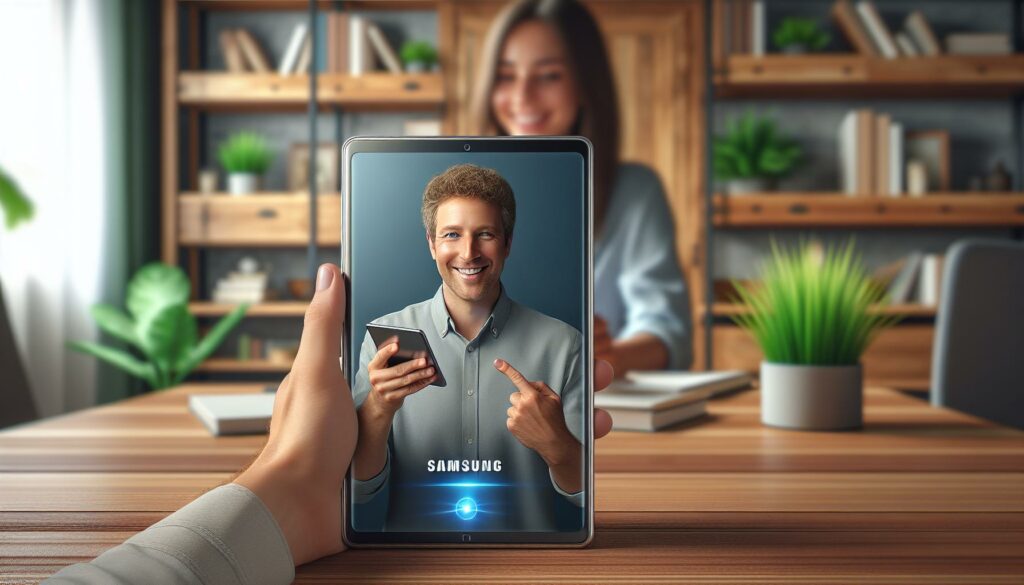”
Smartphones have transformed the way we interact with the world, and one of the key components that make them so powerful is their array of sensors. These tiny devices enable everything from facial recognition to fitness tracking, enhancing our daily lives in ways we often take for granted. With technology evolving rapidly, it’s fascinating to explore which sensors are making their way into the latest models.
In this article, I’ll dive into the various sensors found in certain smartphones, shedding light on their functions and significance. Understanding these components not only enhances our appreciation for our devices but also helps us make informed choices when selecting a smartphone. Let’s uncover the hidden technology that’s driving innovation in the mobile world.
Key Takeaways
- Diverse Sensor Types: Smartphones feature various sensors like accelerometers, gyroscopes, proximity sensors, and ambient light sensors, each contributing uniquely to device functionality.
- Enhanced User Experience: Sensors improve user experience by providing intuitive interactions, such as automatic screen adjustments and motion detection for games and navigation.
- Wide Application Scope: These sensors support a range of applications, from fitness tracking and augmented reality to enhancing call quality and battery efficiency.
- Innovative Future Trends: The future of smartphone sensors includes advancements like under-display fingerprint sensors, environmental monitoring, and enhanced image capturing technologies.
- Potential Health Integration: Emerging sensor technology may incorporate health-monitoring features, offering real-time data and fostering a personalized mobile experience that caters to user well-being.
- Evolving Connectivity: As 5G technology develops, sensors will exhibit improved data sharing capabilities, paving the way for enhanced functionalities in navigation, augmented reality, and overall smartphone performance.
Which Of The Following Is A Sensor Found In Certain Smartphones?
Smartphones integrate various sensors that enhance user experience and functionality. Understanding these sensors enables a deeper appreciation for smartphone technology.
Accelerometer
An accelerometer measures acceleration forces acting on the device. It detects changes in motion and orientation, allowing functionalities like screen rotation, fitness tracking, and gaming controls. Many fitness apps utilize this sensor to count steps or monitor physical activity levels.
Gyroscope
A gyroscope measures the angular rotation and orientation of the smartphone. It improves precision in motion detection, facilitating features like augmented reality (AR) applications, enhanced gaming experiences, and stabilization in video recording. The gyroscope works alongside the accelerometer to provide comprehensive motion data.
Proximity Sensor
A proximity sensor detects the user’s presence near the device. It automatically turns off the screen during calls when the phone is held to the ear, preventing accidental touches. This sensor enhances battery efficiency and protects the touchscreen during calls.
Ambient Light Sensor
An ambient light sensor measures surrounding light levels. It automatically adjusts the screen brightness to optimize visibility and save battery life. This sensor ensures a comfortable viewing experience in varying lighting conditions, enhancing usability and user satisfaction.
Importance of Sensors
Sensors represent a crucial component in smartphones, directly influencing user interaction and device functionality. Their integration enhances numerous features, making smartphones an essential part of daily life.
Enhancing User Experience
Sensors significantly enhance user experience by providing responsive and intuitive interactions. For instance, the accelerometer allows devices to automatically adjust screen orientation based on physical movement. This adjustment ensures seamless navigation when switching between landscape and portrait modes. Additionally, the ambient light sensor tailors screen brightness to surrounding conditions, improving visibility and comfort during various lighting scenarios.
Application in Various Features
Sensors serve various applications that elevate the smartphone experience. The gyroscope enhances motion detection, which is vital for augmented reality applications and immersive gaming experiences. The proximity sensor, by detecting facial proximity during calls, prevents unintended screen touches, preserving battery life and ensuring focused interactions. Furthermore, fitness-related sensors, like heart rate monitors, provide health insights, motivating users to maintain an active lifestyle. Each sensor contributes to functionalities that cater to diverse user needs, establishing smartphones as multifaceted tools in everyday life.
Future of Smartphone Sensors
Smartphone sensors continue to evolve, driving the next wave of innovation in mobile technology. Emerging trends and potential developments shape the future landscape of these essential components.
Emerging Technologies
Emerging technologies integrate advanced sensor capabilities, enhancing smartphone functionality. Features like under-display fingerprint sensors offer seamless security options, while advanced motion sensors facilitate intuitive user interfaces. Innovations in environmental sensors allow smartphones to detect air quality, temperature, and humidity. Increased accuracy in image sensors enhances photography, enabling features like night mode and improved low-light performance. Continuous advancements in sensor fusion—where multiple sensors work together—lead to more precise user tracking and augmented reality experiences.
Potential Developments
Potential developments in smartphone sensors promise to redefine user interactions. Integration of health-monitoring sensors can offer real-time data, such as heart rate and blood oxygen levels. Miniaturization technologies may lead to smaller, lighter sensors without compromising performance. Enhanced connectivity through 5G may facilitate faster data sharing between sensors, improving functionalities like navigation and augmented reality. Future sensors could adopt AI capabilities for smarter analysis, providing personalized recommendations based on user behavior. As technology progresses, the smartphone’s role evolves, emphasizing its importance as a health and lifestyle companion.
Innovations On The Horizon
Smartphone sensors are more than just technical components; they’re the backbone of the user experience. By understanding how each sensor works and its purpose, I can appreciate the technology that enhances my daily life. As these sensors continue to evolve, I look forward to discovering new features that will make my smartphone even more indispensable. With innovations on the horizon, the future of smartphone technology promises to be exciting and full of potential. Embracing these advancements will not only elevate my smartphone experience but also keep me connected to the world in ways I never thought possible.
“



